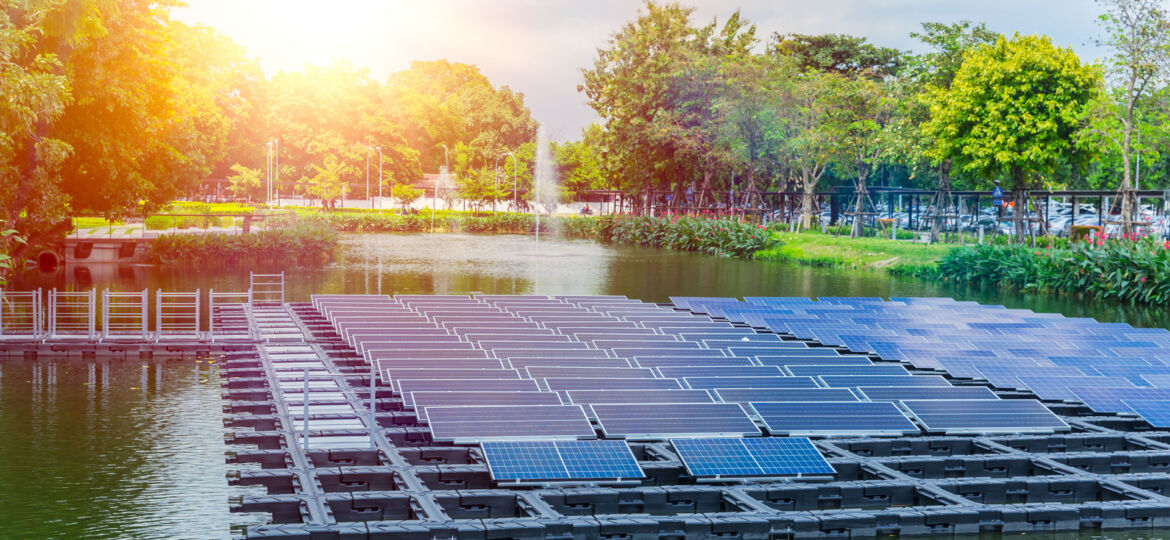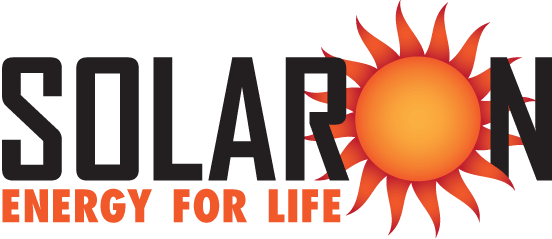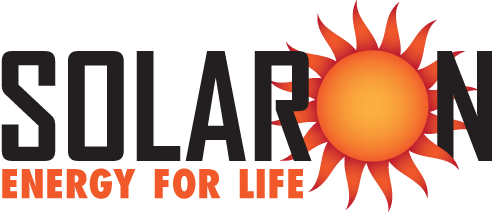
In a recent post on solar power and California’s droughts, we mentioned that most locations considered for “floatovoltaics” are off-limits to the public. In other words, they might float in the holding areas at the Bryte Bend Water Treatment Plant in West Sacramento, but you’d never see them on Folsom Lake. That’s because Sacramento solar panels deployed on Folsom Lake would get in the way of public access and recreation. Conversely, solar panels deployed in a controlled or restricted body of water could be regularly maintained without distracting or interfering with public activities.
But nature is adaptable – even controlled or restricted bodies of water develop natural ecosystems commonly seen in wild places. Since floatovoltaics is a new idea, barely a decade old, many naturalists and ecologists are concerned about the impact that floating solar panels may have on wildlife. A recent article in San Francisco’s Estuary News magazine discussed this concern.
Initial Concerns About Floatovoltaics
In the article, associate professor Rebecca Hernandez voiced concern that advances in infrastructure like floatovoltaics have no research or studies to identify impacts on aquatic and avian species years after implementation. After all, birds and other creatures have never encountered solar panels floating on the pond they used to swim or fly across. Ambient water temperature, circulation, and local food sources could also be affected.
This was not a denouncement of floatovoltaics. After all, the ecosystems in question are already affected by rising temperatures and declining conditions due to climate change. Solar power generation like floatovoltaics is a primary way to limit such warming. The main argument is that there is no clear way to predict how this specific photovoltaic innovation could affect local ecosystems. Further research, study and documentation is necessary.
Positive Results from Floatovoltaics
Nevertheless, some locations with floatovoltaics are seeing their local ecosystems adapt in interesting ways. One location said a local population of Canadian geese used to gather on the side of a roadway nearby. Since the panel deployment, the geese use the panels as a safer place to roost. In Florida, otters play among floating solar arrays while heron use them as perches when hunting. At Far Niente, the winery that pioneered floatovoltaics for California, owner Greg Allen reports still hearing the chorus of frogs at the irrigation pond that now accommodates his floating panel system.
Solar Innovations Here and Now
Even with these developments, its important to determine the proper thresholds. How easy will it be to clean and maintain solar panels when floating on water (think bird droppings)? How will floatovoltaics fare in water that freezes over? And, of course, how public should they get? These questions will lead to research, study, and careful planning.
As this technology develops and becomes more abundant, both Solaron and SunPower will keep a close eye on how it impacts the world. In the meantime, you can certainly benefit from SunPower photovoltaic options like roof panels, ground mounts, carports, and power storage. Your swimming pool can also benefit from Heliocol solar pool heating as it keeps your swimming pool at enjoyable temperatures. For more information, please give Solaron a call at (408) 292-4328 in the Bay Area, and (916) 631-9293 in Sacramento. You can also use our online form to schedule a free solar analysis for your home.

